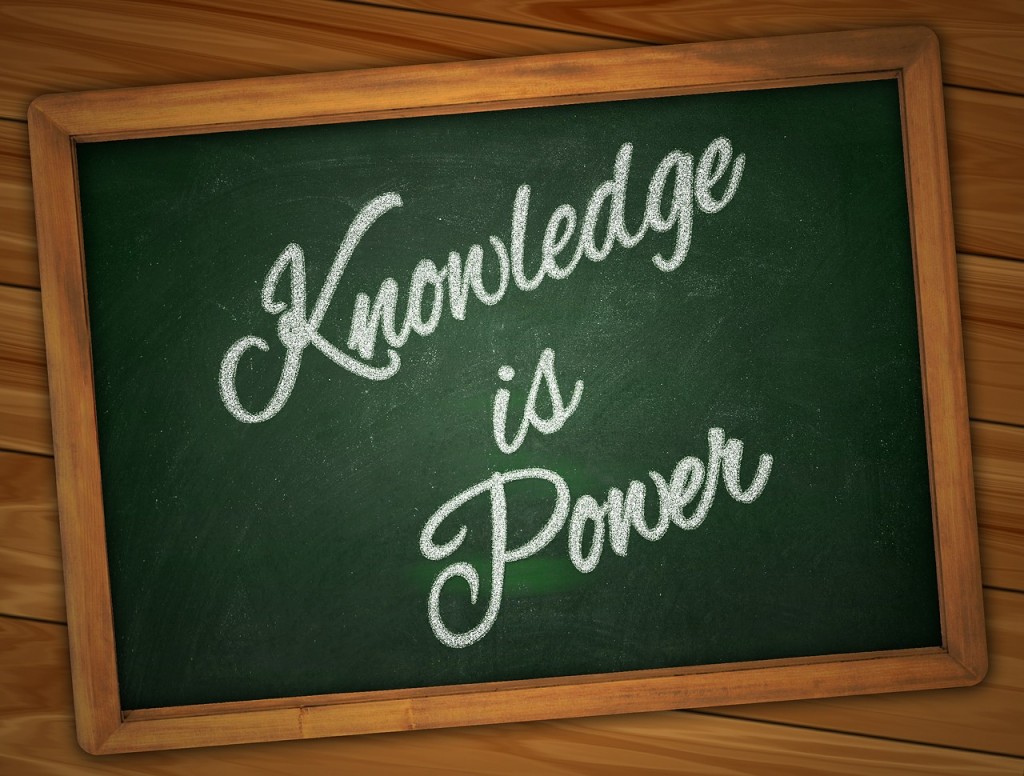Sending cold emails is one of the cheapest ways to directly increase one’s network, and has one of the lowest barriers to entry.
You don’t need to know the right people or have the right job, or go to the right restaurants or golf courses. You don’t need to live in the right neighborhood, or even in the same country. So why don’t more people do it? There are several reasons:
1. It’s not guaranteed to work—you might not ever get a response.
2. It takes initiative and nerve to reach out.
Let’s address number one for a moment. First, you’ll have a lot more success with cold emailing (if you’ve tried and failed in the past) with the tips we’re about to share, so that helps. Second, one of the most important aspects of building a phenomenal network is patience. Patience is key to doing good business and managing a great career in whatever field you choose—but it’s something far too few people seem to have in good supply. Learn to be one of the people that do, and you’ll find that many doors open. Cold emails won’t always work, and they probably won’t work fast, but when they do, the payoff can be enormous. You can make a new contact, meet a new mentor, or gain a new client, all for the price of only a little patience. Nothing ventured, nothing gained, they say, but with cold emailing, you’re really venturing very little and there’s so very much you can gain. That brings us to point number two.
Self-confidence is a funny thing. You very likely know that you’re good at what you do—after all, that’s why you do it! Yet when faced with the prospect of emailing an idol, an important potential client, or a mover and shaker in your industry, suddenly you have all sorts of excuses for not doing so. You’re not at their level, they don’t know you, etc. You’d feel far more comfortable being introduced by someone else. Cold emails don’t give you that luxury, and that makes them, in addition to being a great networking tool, a fantastic learning tool. You must, if you’re truly ambitious—if you are good at what you do, which you are—learn the fine art of introducing yourself, of presenting yourself on “their level.” If no one’s offered to introduce you, you know what they say: if you want something done right…
So the reasons for not sending cold emails are shaky at best; you literally have nothing to lose. And with the tips we’re about to share, you’ll be surprised at the rate of success you have.
1. Brevity is the precursor to response.
Let’s assume that the cold emails you’re sending are to people that are influential, busy, important people who receive a lot of emails, because that’s the most likely scenario. The last thing you want to do is have them actually open the email and then get bored in the first paragraph and go back to their day without another thought about your pitch. No matter how much great stuff you think you have to put in an email, it’s not great enough. The fact of the matter is, you could have a draft of the next Great American Novel and if you copy paste it into an email to someone you don’t know your chances of actually capturing their attention are next to zip. Why?
When we open an email, we automatically—every one of us—calculate how much time we’re ready to invest in its contents. When that email is from a respected colleague, a friend, a family member, or a client, that time is usually “however long it takes.” But when it’s an email from a stranger? We might be prepared to skim it for something interesting, at best. When presented with an unskimmable wall of text, we’re likely to simply shrug and move on to something else—and that’s if we’re not busy. There’s no hard limit on the length of your email, but keep in mind it must be skimmable. The reader needs to be able to tell, at a glance, whether they want to know more about you.
2. Get to the point.
Even a three paragraph email is tedious if you hem and haw for the first five sentences. Do not start the email with a “You probably already have a guy for this…” type of introduction. Spit out your name, what you do, and what you can do for them immediately. In the “what can you do for them” category you’re going to exercise your ability to get to the point quickly while illustrating your value. Make sure you can say in a sentence (or less) what you can do and why it’s special.
3. Show the reader you know them.
Not in a creepy stalker way, mind you. However, you want to show that you’re not emailing them because they’re famous, wealthy, or have a logo you’ve seen everywhere. You’re emailing because you’re a good fit for what they do or vice versa, and you want to demonstrate that you’ve actually put some serious thought into this. If you’re a producer, you don’t email a musician and tell them about how you know all the words to all of their songs—you and how many other people do, after all? You mention a brilliant bit of production you noticed, a surprising musical choice they’ve made—something that a professional notes about another professional’s work. If you’re offering to provide something they’re missing, now is the time, but frame your sentence as an offer, not a criticism.
4. Drop some names.
No, don’t mention that you know their sister-in-law’s cousin and that you went to a pool party at their house two summers ago. I mean drop some names in the business that are related to both your work and the work of the person you’re emailing. If they’re people you know personally, great, but they don’t need to be. What you’re showing here is not that you’re “like this” with big names, but that you know the industry. For that matter, these don’t have to be names of individuals; they could be names of companies or websites, of similar clients you’ve worked with in the past, etc. You’re demonstrating that you’re up to date on what’s happening, and that you’re not a hack that is emailing everyone connected even vaguely to what you do.
5. Give them the chance to know more about you.
Now, if you’ve managed to do all of the above in the email, and managed to keep it brief enough that you earned a “skim,” you’ve likely also earned the reader’s attention and they’re going to do a nice, thorough read about what you have to offer. What’s the first thing they’re going to do? If you say “hit reply,” you’re an optimist, but you’re probably wrong. If they really are intrigued, they want a bit more information, and in the era of digital communication, you should be providing them with means to get that. You didn’t stuff the email with everything you could do, your life story, or your resume in the body of the text, but now you can give them some leads to delve a bit deeper. What these leads are depends heavily on your own motives for the email and the industry you work in, so we’ll just include a list of potential ideas to get you started off right:
- If you’re offering a service, show them a sample of your work. Depending on the service, that could be an attachment, a link to a portfolio, etc.
- Obvious, but you’d be surprised how many people get flustered doing cold emails: Link to your webpage! Don’t force them to Google you for a link.
- Link to your professional profiles (LinkedIn, a professional (emphasis on this!) Facebook, etc.)
Other Tips
Keep in mind that while you’ve got a lot of points to make and you need to be concise, you also need to write a cohesive email. Don’t string unrelated sentences together, and keep the tone as conversational as possible while remaining professional. You’re not just firing facts at them non-stop.
I mentioned it above, but absolutely don’t be self-deprecating. Equally important, don’t exaggerate—don’t exaggerate connections, especially. Self-deprecation will get you nowhere, here and will only add unnecessary words. And what’s the point? False modesty is a roundabout way of saying “I’m saying I’m not great at X but I really am and you should know that.” You know what’s more direct? “I’m great at X.”
So, you see, writing a perfect cold email isn’t something that takes a lot of time. What it takes is self-confidence, knowledge of your industry, understanding what you have to offer, and being able to present it succinctly. You most definitely have what it takes, so what are you waiting for?





